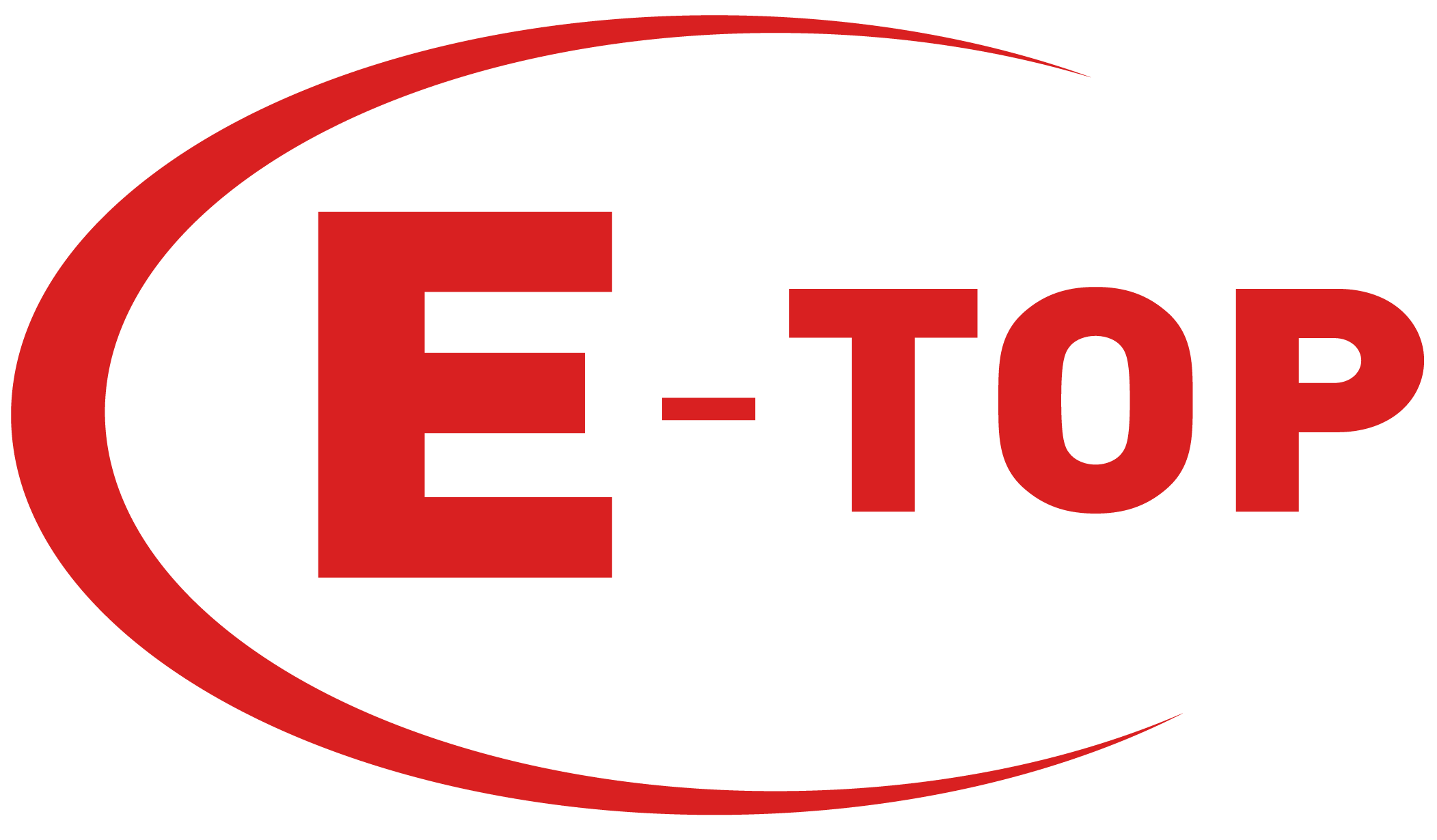Never miss an offer or update. You can unsubscribe at any time.
A zero-carbon future refers to a society without greenhouse gas emissions, and it requires us to radically change the way we produce, consume and act, replace fossil fuels with renewable energy, improve energy efficiency, reduce waste, and increase climate adaptation and resilience.
A zero-carbon future is not only a social obligation, but also a business opportunity and a driving force for development. A growing number of countries, cities, businesses, and other institutions are committing to net-zero emissions to tackle the challenge of climate change and build a healthier, safer, cleaner, and more resilient world for future generations.
A zero-carbon future is a beautiful vision and a feasible goal. It requires the combined efforts and participation of all of us.
In terms of low-carbon environmental protection: Individuals can contribute to the realization of carbon neutrality through green travel, environmentally friendly office, reducing energy consumption, reducing meat intake, and afforestation. For example, try to choose walking, cycling or taking public transportation instead of using private cars or airplanes; use energy-saving lamps, electronic documents and recyclable materials in the office to reduce paper and waste; use water-saving appliances and energy-saving appliances at home. Electric appliances and renewable energy, adjust room temperature and lighting, turn off unnecessary power; eat more vegetables and fruits in diet, and eat less high-carbon foods such as beef and mutton; participate in tree planting activities in free time, increase green area, and improve carbon sink capacity.
The thermostat industry is an equipment manufacturing industry involving room temperature control, mainly including thermostats, temperature sensors, temperature regulators and other products. The thermostat industry can contribute to a zero-carbon future in the following ways:
Improve product energy efficiency levels. The thermostat industry can improve the accuracy, stability and intelligence of products through technological innovation, reduce energy consumption and carbon emissions of products, and meet the needs of users for energy saving and carbon reduction. For example, develop high-efficiency electronic thermostats to replace traditional mechanical thermostats to reduce energy loss in the constant temperature process; develop intelligent temperature regulators to automatically adjust the temperature according to the environment and user habits to avoid unnecessary energy waste.
 Address:No.6 of Tong'an Industrial Park, Meixi Rd,Tong'an District, Xiamen China 361100
Address:No.6 of Tong'an Industrial Park, Meixi Rd,Tong'an District, Xiamen China 361100 Phone:+86 0592 6155792
Phone:+86 0592 6155792 Email:info@etopcontrols.com
Email:info@etopcontrols.comNever miss an offer or update. You can unsubscribe at any time.

